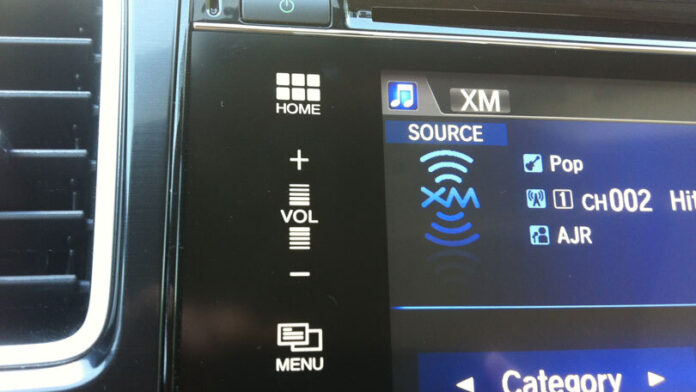I’m a glass-half-full kind of guy, and am constantly amazed at how far we’ve come with in-car technology. For a few decades, the only audio sources available in a car were AM, FM, and CD. Then came satellite radio, then iPod integration, USB ports, and Bluetooth audio.
Now many cars have built-in streaming audio courtesy of Pandora and other services, and an almost unlimited source of music. And latest non-audio connected car features have added Internet-enabled navigation, local search, social media, in-dash apps such as Yelp, and the ability to keep tabs on your car from anywhere in the world via mobile apps.
 But missing from the other half of the proverbial glass are intuitive, easy-to-use interfaces and seamless connectivity. The optimist in me wants to write off these shortcomings due to the auto industry being in the early stages of the connected car. But that a vehicle is such a large and long-term purchase, it’s not so easy to give poor technology a pass.
But missing from the other half of the proverbial glass are intuitive, easy-to-use interfaces and seamless connectivity. The optimist in me wants to write off these shortcomings due to the auto industry being in the early stages of the connected car. But that a vehicle is such a large and long-term purchase, it’s not so easy to give poor technology a pass.
Tech has also become a big differentiator between a person deciding whether to buy a vehicle or not. Ford has seen both sides of this—first, with its successful and groundbreaking Sync system, which set an early standard while still in the feature phone era for connectivity, functionality, and enabling software upgrades.
But then its MyFord Touch follow-up caused Ford to drop from fifth place in J.D. Power and Associates’ influential Initial Quality Survey in 2010 to 23rd in 2011, mainly thanks to customer complaints about the touch-screen-based system. General Motors’s Cadillac division also suffered similar customer dissatisfaction when it introduced its equally klugey, touch-screen-based CUE system.
I saw another example of this last week the first time I climbed into a 2014 Honda Civic EX-L with Navi and reached for a volume knob or button. It didn’t have one—only a small touch-screen interface for adjusting volume that I found difficult and frustrating to operate without looking directly at the unit. A knob, or even a button, on the other hand, can be easily operated by feel.
 Adding to the cumbersome nature of the Civic’s in-dash interface is that to change the audio source, you first have to hit a Menu icon, then select a Source icon, and then hit another icon to get to what you want to listen to. You can also adjust the volume and select the source using the steering wheel controls, which admittedly is the best way. But I also prefer a volume knob or at least a button on the head unit itself in addition to steering-wheel controls.
Adding to the cumbersome nature of the Civic’s in-dash interface is that to change the audio source, you first have to hit a Menu icon, then select a Source icon, and then hit another icon to get to what you want to listen to. You can also adjust the volume and select the source using the steering wheel controls, which admittedly is the best way. But I also prefer a volume knob or at least a button on the head unit itself in addition to steering-wheel controls.
While this is an obvious examples of a car tech fail, I’ve come across several others that are equally maddening. A few include:
- Some Audi and Volkswagen vehicles still don’t have a USB port for plugging in a portable media player, but instead use a proprietary iPod-only 30-pin plug. And you’re out of luck if you own a newer iPhone with a Lightning connector, unless you want to use the aux-in jack.
- A pet peeve of mine are systems that bury functions several menus deep so that the driver has to unnecessarily drill down to access them. Some Volkswagens do this for tuning the radio between stations when a knob or button would work just fine, while BMW and Mazda bury the height adjustments for their head-up displays in secondary menus.
- Automakers are bringing connectivity into their vehicles by either providing an embedded cellular modem, using a driver’s portable device to make a connection to the cloud, or a hybrid of both. But given the range of different devices available, compatibility issues are common, which I’ve seen with Toyota’s Entune system while using Pandora. And even with embedded connectivity, the speed can be syrupy slow, which I’ve experienced with Mercedes-Benz Mbrace2 system.
Of course, the road to tech success is littered with products and features that were ahead of their time or simply failed. The Apple Newton and Windows Vista are just two hardware and software examples.
And, unfortunately, we’ll likely see more tech setback in connected car technology before the market matures. What are some examples you’ve come across in your own car?




